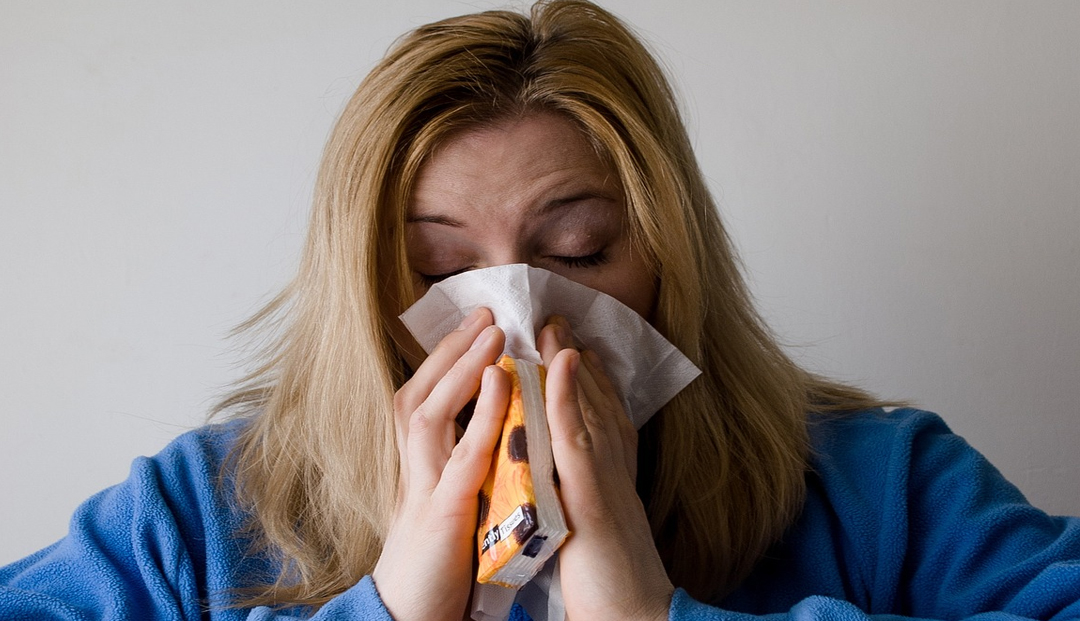New Delhi, September 06: Ten years after the major Chikungunya outbreak in India, healthcare professionals are witnessing an alarming trend: an increasing number of cases with severe complications. While the virus has continued to circulate in the country, the severity of infections seems to be on the rise.
Chikungunya, a mosquito-borne viral illness, characterized by fever, joint pain, and rash. While most cases are self-limiting and resolve within a few weeks, a small percentage can develop severe complications. These complications can include neurological problems, liver damage, and even death.
Chikungunya: Increased Prevalence of Severe Complications
In recent years, doctors have reported a growing number of Chikungunya cases with severe outcomes. These complications can have a significant impact on patients’ quality of life and may require prolonged hospitalization.
One of the most concerning developments is the emergence of neurological complications. These can include meningitis, encephalitis, and Guillain-Barré syndrome, a neurological condition that can lead to paralysis. Additionally, Chikungunya has been linked to liver damage and, in rare cases, death.
Factors Contributing to Severe Chikungunya Cases
Several factors may contribute to the increasing prevalence of severe Chikungunya cases:
Viral evolution: The Chikungunya virus may be evolving, becoming more virulent and capable of causing more severe infections.
Co-infections: this infections can sometimes occur concurrently with other viruses, such as dengue or Zika, which may increase the risk of severe complications.
Underlying health conditions: Individuals with pre-existing health conditions, such as diabetes or heart disease, may be more susceptible to severe this infections.
Delayed treatment: Delayed or inadequate treatment can increase the risk of complications.
Impact on Public Health
The emergence of more severe Chikungunya cases poses a significant public health challenge. It can strain healthcare resources and lead to increased morbidity and mortality. Additionally, the long-term consequences of severe Chikungunya infections can have a profound impact on patients’ lives.
Prevention and Control Measures
To prevent the spread of it and reduce the risk of severe complications, it is essential to implement effective prevention and control measures:
Mosquito control: Reducing mosquito populations through measures such as vector control programs, wearing insect repellent, and using mosquito nets is crucial.
Early diagnosis and treatment: Early diagnosis and appropriate treatment can help prevent complications.
Public health awareness: Raising public awareness about it and its prevention can help reduce the spread of the disease.
Research and development: Continued research is needed to develop new vaccines and antiviral drugs to combat it.
Read Also – Omicron Variant FLiRT Spreading Rapidly Across Globe: Is India At Risk Too?
The emergence of more severe Chikungunya cases, a decade after the initial outbreak, underscores the ongoing threat posed by this mosquito-borne virus. While significant progress has been made in understanding and combating it, the increasing prevalence of complications highlights the need for continued vigilance and research.











